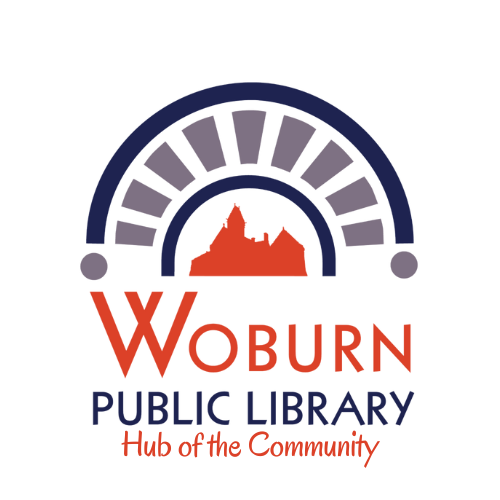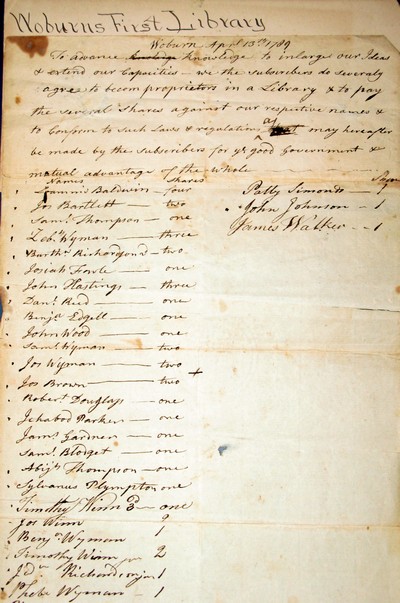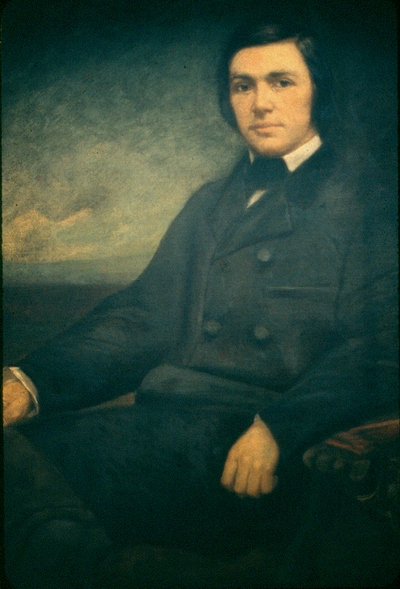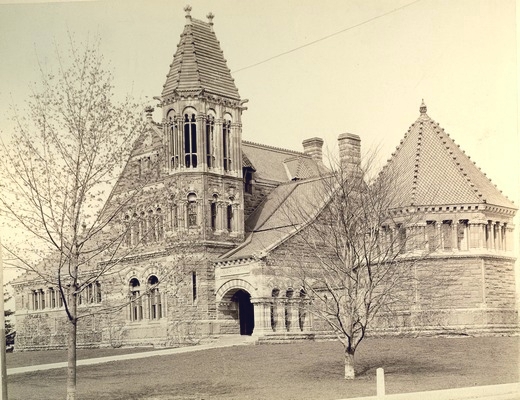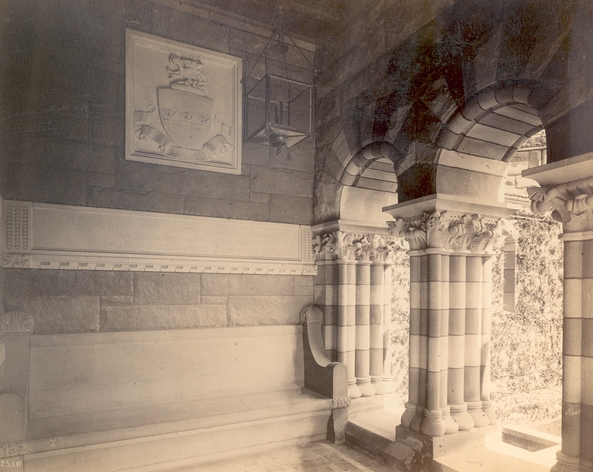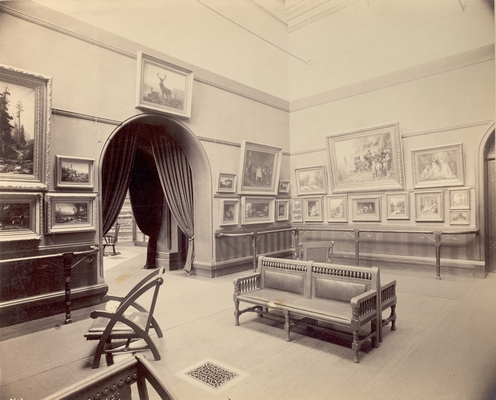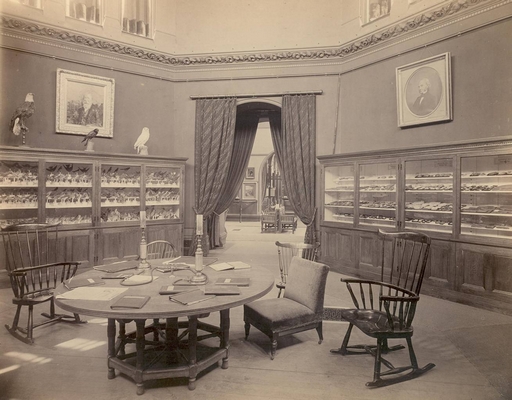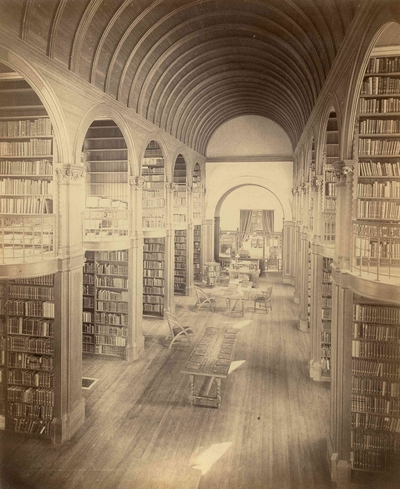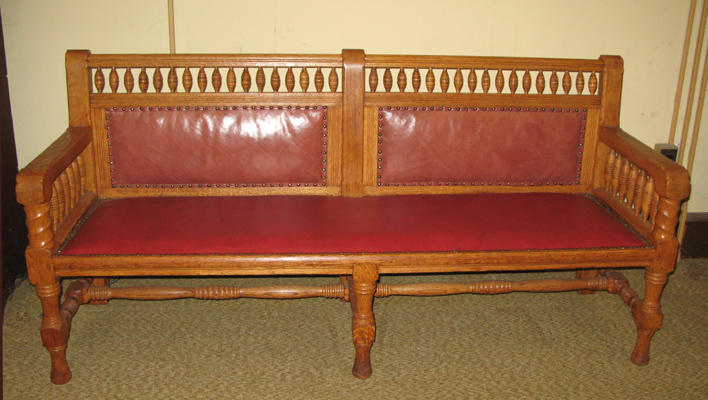Charles Bowers Winn (1838-1875), never in very good health, died within two years of his father. Included in his will was the following bequest to the Town of Woburn: “I give and bequest to the town of Woburn, in trust, the sum of one hundred and forty thousands dollars, to be used and disposed of for the purpose and in the interest of a Public Library …” And later: “As I am very desirous that this Library building shall be an architectural ornament to the town, I hope that no expense will be spared in the most important of all matters, namely: the selection of a plan; and I would suggest that several architects of the highest reputation be requested to make drawings, so that by comparing one with another, a satisfactory result in the matter of a choice of a plan will be more likely to be attained. This course, if pursued, may possibly be quite expensive, but in this case that ought not to be an obstacle or objection, for I think the within bequest for the Library and the other purposes in connection therewith, will be found to be of sufficiently liberal amount to allow of having everything of the very best, and consequently of the most expensive order…”
The February following the death of C.B. Winn the Town gratefully accepted his generous bequest. A committee consisting of the executors of the will, John Johnson, Parker L. Converse, and Edward D. Hayden, was formed to expend the money and execute the trust. After a site was selected, the Winn homestead on Pleasant Street, the best known architects of New York and Boston were invited to submit plans for a library building which according to C.B. Winn’s wishes would also include a reading room, art gallery and museum.
According to the diary of George Mather Champney (who would become the first Librarian of the new building and whose son Edwin worked on Richardson’s Trinity Church) on December 22,1876: “This evening Mr. Hayden invited the Library Committee to examine the new plans for the Library Building at this house. All were there except Mr. Pollard. The plans were all gone over. None of the Committee had any very marked or decided opinions of their own; but after the examination and the remarks made upon each, it was quite unanimously agreed that the Gambrill & Richardson offering was the most complete and satisfactory. I do not believe this result would have been arrived at if the Comm. had looked at the plans individually, for no words of approval were given it when first gone over; but the leanings of Mr. Hayden and myself gave it character and it was then gradually fallen in with as the best and at last fully endorsed. ” And again on Tuesday, January 16, 1877: “The Library Building Committee has accepted the plan of Gambrill & Richardson which from the first has been the favorite one, and they have been notified to that effect. It may need some slight modifications, but as a whole the design is an admirable one both in architectural form and in interior arrangement.”
